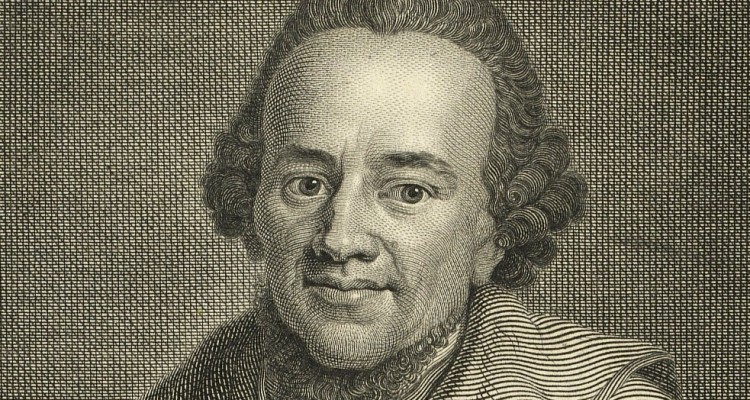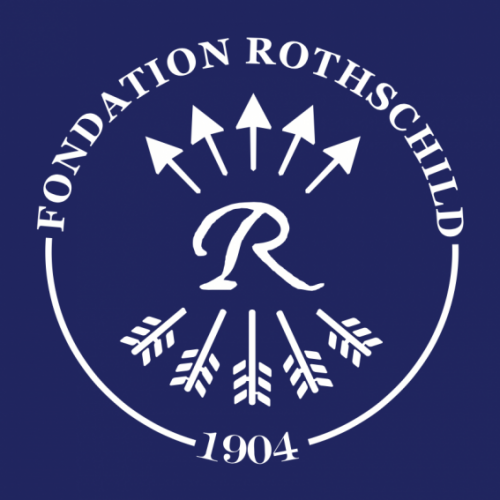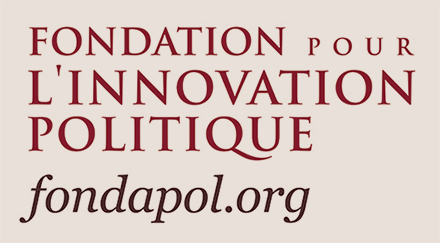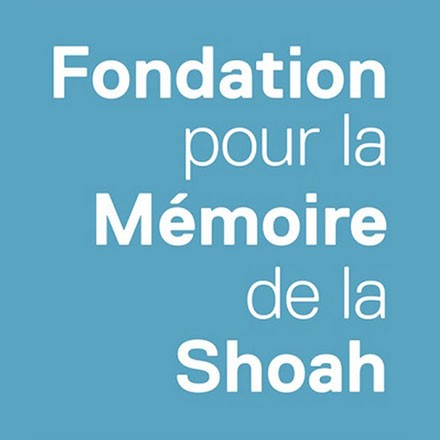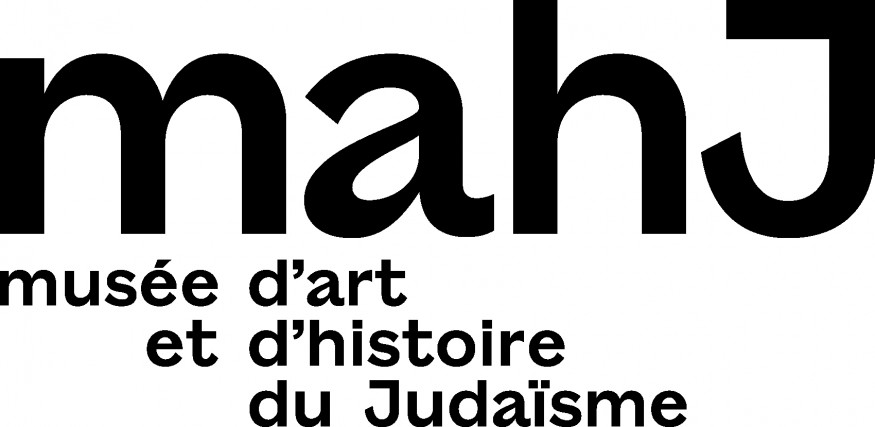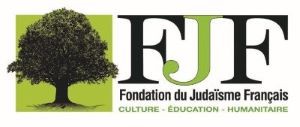Pessimist? Optimist? Once our first issue was online, we were deluged by questions of this sort, coming from journalists asking about the magazine, as well as from certain readers. The statistics presented last week by Sergio Della Pergola left some shocked, even as those numbers added a tangible aspect to a nebulous sentiment shared by many European Jews. There is of course room for nuance: such feelings are more or less shared, and more or less nebulous, based on the city and country in which one lives. There are fewer Jews in the whole of Italy than in Paris’ 17th arrondissement. The entirety of Bulgarian Jewry could be housed in ten buildings of that same neighborhood. In other words, the feeling of solitude, of disconnection, of disarray, as well as the anxious thoughts that the future evokes, vary in function of one’s native milieu.
France, home to the third-largest Jewish community in the world, is perhaps the most riven on this question. “It is over.” “The question is closed.“ How many times have we heard such utterances, but as often we hear voiced contrary sentiments: “We must consolidate French Judaism.” “There can no longer be talk of European Jewry.” “Leaving, giving up is simply inconceivable.” This division sometimes runs through individuals, as much as among them. The oscillations of the pendulum are disquieting, unsettling but also energizing and thought-provoking.
Pessimist? Optimist? The question is not the right one, or the most useful or productive one. One must avoid a dichotomy of overpowering melancholy and invulnerable, care-free denial. We prefer a clear accounting of the facts and a will to enter the public arena on the basis of those facts. We are neither pessimistic nor optimistic, but rather realistic. The European Jewish reality is complex, which is reflected in our second issue. Emmy and Phebia Barouh relate in images and text Bulgaria’s Lukov March, a neo-Nazi event held last February in Sofia: one has to see through one’s own eyes the lure of neo-Nazism in Eastern Europe. Rudy Reichstadt, whose battle against conspiracy theories helps us better discern their place in our political life, writes his first column on the mutations and metamorphoses of anti-Semitic conspiracism in Europe. Bruno Karsenti examines the complex history of the Enlightenment in discussing the movement’s great Jewish luminary, Moses Mendelssohn. He evaluates Mendelssohn’s life and legacy, and what these might mean for us today. Mendelssohn was not inclined to give up when faced with the demands of intellect and mind. The “question” for him was never “closed.”


